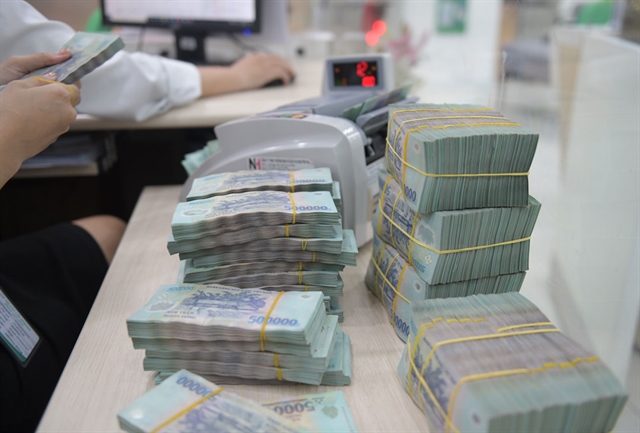 Economy
Economy


|
| The personal financial assets (PFA) market of Việt Nam is projected to reach US$600 billion by 2027. — Photo thesaigontimes.vn |
HÀ NỘI — The personal financial assets market in Việt Nam is forecast to reach hundreds of billions of US dollars in the next few years, providing significant opportunities for wealth management services.
According to insight by McKinsey, the personal financial assets (PFA) market of Việt Nam is projected to reach US$600 billion by 2027, growing at a rate of 11 per cent per year from a baseline of $360 billion as of the end of 2022.
Director of AFA Capital Nguyễn Minh Tuấn estimated that the PFA market could reach thousands of billions of US dollars, if gold and real estate assets were included.
Knight Frank’s Wealth Report from this year predicted that the number of ultra-high-net-worth individuals (UHNWIs) in Việt Nam with net assets of $30 billion or more will grow to 978 in 2028, meaning an increase of around 30 per cent in the next five years – the fifth fastest growth rate in the Asia-Pacific region, after India (50.1 per cent), China (47 per cent), Turkey (42.9 per cent) and Malaysia (34.6 per cent).
The middle class in Việt Nam is expected to account for 26 per cent of the country’s population by 2026, up from 13 per cent in 2023, according to the report by the Ministry of Labour, Invalids and Social Affairs.
The rapid increase of the affluent and middle class generates tremendous opportunities for wealth management services.
In Việt Nam, wealth management services providers include commercial banks, securities companies, insurance companies and fintechs, of which banks dominate because of their established and extensive network and diverse products.
However, wealth management services are still in their nascent stages. A large number of individuals are still investing following a crowd psychology, such as buying gold, property or securities, rather than working with wealth management services providers.
According to financial and banking expert Lê Xuân Nghĩa, wealth management should be used from an early stage, first by saving, followed by accumulating and then investing.
Although the rate of people using wealth management services is low, the market potential is huge because Vietnamese individual investors tend to like investing and have a high tolerance to risk taking.
With a population of 100 million people, the wealth management market of Việt Nam can top in Southeast Asia in the next decade, Nghĩa believes.
Currently, most individual investors lack knowledge about personal financial planning – a reason why many lose money and get scammed when investing on their own.
A survey by Việt Nam Financial Consultants Association in Hà Nội found that 80 per cent of citizens in the capital city can not accurately identify what individual finance is.
Nghĩa estimated that Vietnamese individuals participating in financial investments currently account for around 7-8 per cent of the country’s population, compared to the rates of 40-80 per cent in many other countries.
Despite its huge potential, the wealth management market in Việt Nam remains sluggish due to a lack of a synchronised legal measures, lack of trust and lack of a diversity of products, according to Nghĩa.
It is critical for wealth management services providers to be professional and offer tailored financial advisory solutions to capitalise on the huge wealth management opportunities in Việt Nam. The sector also needs a framework in which to operate in order to grow, for example, policies to encourage individual investors to participate in open-ended funds.
According to Tuấn, the number of individuals with assets of VNĐ1-5 trillion will grow exponentially in Việt Nam.
Economist Cấn Văn Lực said that individual finance education should be popularised, even at high school levels. — VNS




